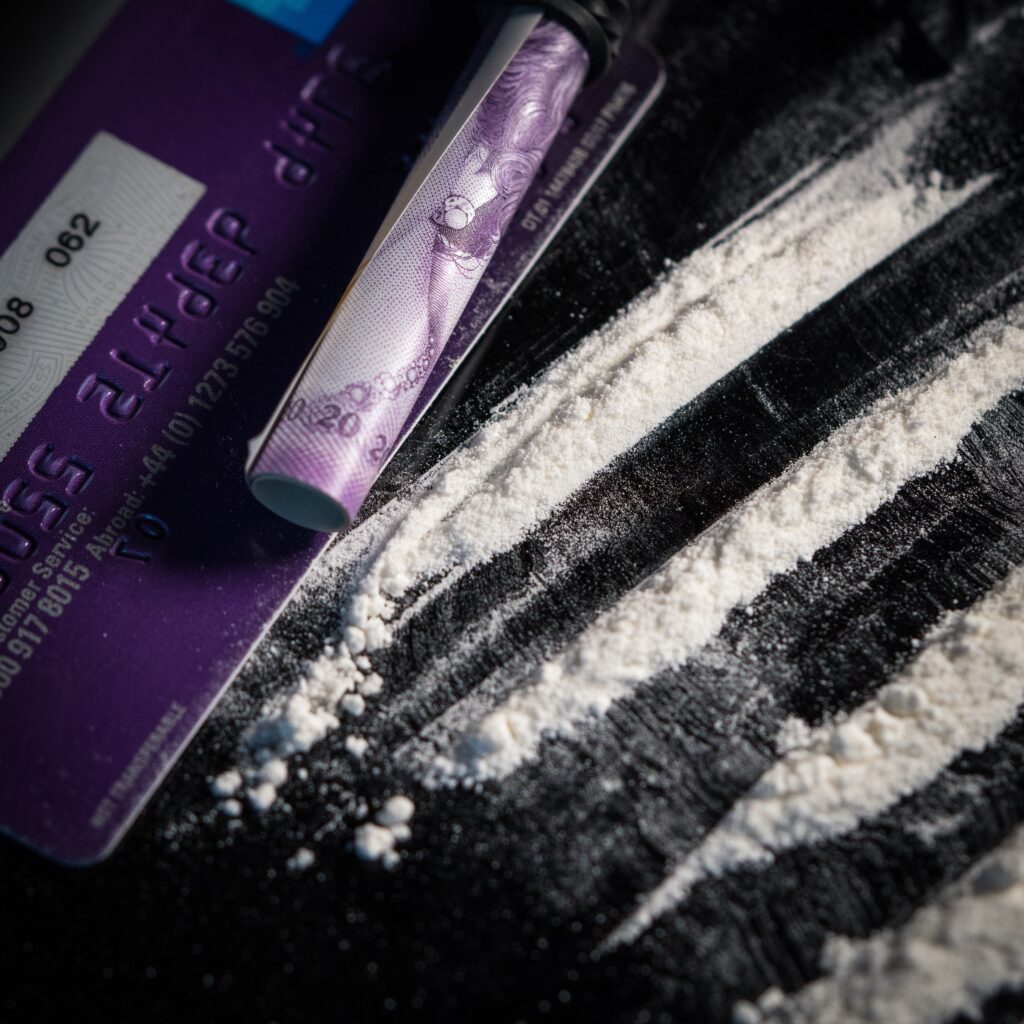
Hair testing is subject to several limitations and reported pitfalls in detecting drug abuse due to a number of factors1 including variability in hair growth rates2 incorporation from external contamination,3 variations in individual incorporation, and hair binding.4
In response to these considerations, including the inability to distinguish environmental contamination, lack of standardized methodology, (most predominantly washing procedures), and others, some criticisms have been expressed in the scientific community.
It has been found that:
– Cocaine detection in hair is not sufficient to identify cocaine use. Hair may be contaminated by cocaine in the surrounding environment and contaminated hands can transfer cocaine powder to the hair. Current criteria for cocaine testing in many drug testing laboratories may not effectively discriminate between cocaine use and environmental exposure.5
– Currency is often contaminated with cocaine, as are even inner-city elementary school desks.3
In response to these considerations, several institutional clients have reconsidered the use of hair testing in legal and employment issues:
– The FBI has discontinued the use of hair tests for cocaine.6
– Iowa, Montana, Oregon, and Puerto Rico currently prohibit/limit the use of hair as a specimen for workplace drug testing.7
– Civil Service Commission Appeal IN RE: BOSTON POLICE DEPARTMENT DRUG TESTING. On February 28, 2013, a unanimous decision of the Massachusetts Civil Service Commission reinstated six of the petitioners. The Department’s hair test was found to be unreliable in that it could not distinguish between cocaine present due to ingestion and cocaine present due to environmental contamination. Therefore, a test result that was positive for cocaine, could not, without independent corroboration, constitute just cause under the Civil Service Act for terminating a tenured civil service employee.
My opinion:
I agree with the consensus opinion of the Society of Forensic Toxicology statement that “Hair may be a useful specimen in forensic investigations when supported by other evidence of drug use.”8
This would seem to best require concurrent urine drug testing.
1. P. Kintz, ed. – Analytical and Practical Aspects of Drug Testing in Hair 2006 – CRC Press
2. Ibid, R. Kronstrand and Karen Scott, Drug Incorporation into Hair, pp. 1-19.
3. Ibid, D.A. Kidwell and F. P. Smith. Passive Exposure, Decontamination Procedures, Cutoffs and Bias: Pitfalls in the Interpretation of Hair Analysis Results for Cocaine Use. pp. 26-67.
4. Ibid, C. Jurado, Hair Analysis for Cocaine. pp. 113-117.
5. J.D. Ropeo, et. al. Cocaine Analytes in Human Hair: Evaluation of Concentration Ratios in Different Cocaine Sources, Drug-User Populations, and Surface-Contaminated Specimens. J. Anal Toxicol. 36:6 2012 p.1.
6. Forensic Drug Abuse Advisor Vol. 21issue 9 2009 p.65
7. J. M. Walsh, A Historical Perspective of Hair as a Drug Testing Matrix. SAMHSA DTAB Meeting July 2013
8. SOFT Consensus opinion, ref 3 above, pp. 66-67

